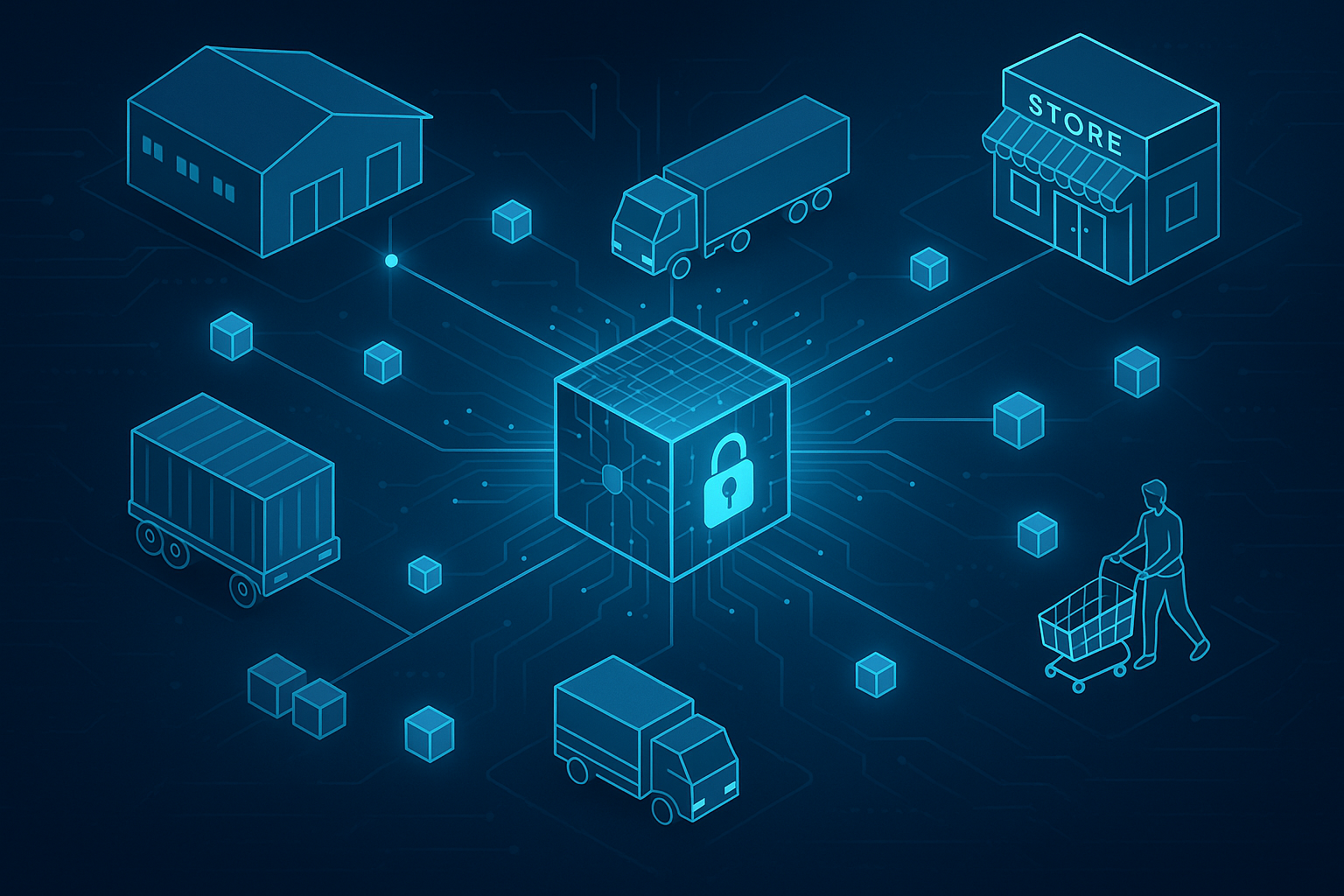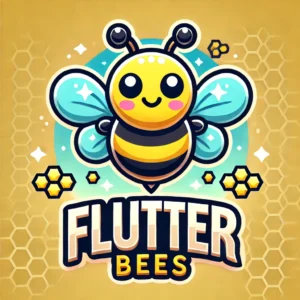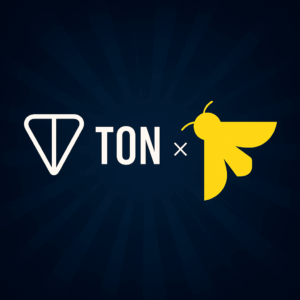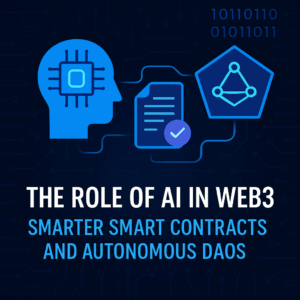Blockchain in Agriculture
🐝 Take a Break with Flutter Bees – The Bee Game That Helps You Focus
Need a breather before you dive into blockchain and farming? Play Flutter Bees — tap, relax, and build your hive while you reset your mind.
Blockchain in Agriculture: Cultivating Trust and Transparency from Farm to Fork
Agriculture, the backbone of many economies, faces issues like food fraud, supply chain inefficiencies, and lack of transparency. Blockchain offers a powerful solution to these problems by introducing traceability, data integrity, and real-time tracking.
🌾 Why Agriculture Needs Blockchain
Traditional agricultural systems suffer from:
- Inaccurate or lost data during supply chain transitions
- Exploitation of farmers
- Difficulty in verifying food origin and quality
- Delays in payments and subsidies
Blockchain can digitize and decentralize the entire agri-value chain, offering more power to farmers, consumers, and regulators.
🌐 Applications of Blockchain in Agriculture
1. Supply Chain Transparency
Blockchain tracks the journey of agricultural products from seed to shelf, ensuring that all data (harvesting, processing, storage, transport) is immutable and visible.
Example: A consumer can scan a QR code on a fruit to view its entire history and source.
2. Fair Pricing and Farmer Empowerment
Blockchain-powered platforms can connect farmers directly with buyers, removing middlemen and ensuring better pricing and faster payments.
Example: Smart contracts can auto-release payments once quality and quantity are verified.
3. Crop Insurance and Subsidy Distribution
Using blockchain, insurance payouts and government subsidies can be triggered automatically based on weather data or satellite imagery, reducing fraud and delays.
4. Food Safety and Quality Control
By linking all stakeholders — farmers, processors, transporters, retailers — on a blockchain, it becomes easier to detect contamination sources and enforce standards.
5. Agri-financing and Microloans
Farmers can build a credit history on blockchain using yield records and sales data, helping them access loans without traditional collateral.
🚜 Real-World Use Cases
- IBM Food Trust – Used by Walmart and Nestlé to trace food origins
- AgriDigital – Tracks grain transactions in Australia
- TE-FOOD – Offers food traceability solutions in Asia and Africa
🌱 Benefits for All Stakeholders
| Stakeholder | Blockchain Benefit |
|---|---|
| Farmers | Better pricing, timely payments |
| Retailers | Verified sourcing, improved quality |
| Consumers | Food traceability and trust |
| Governments | Efficient subsidy & inspection |
⚠️ Challenges Ahead
- Low digital literacy among farmers
- Internet connectivity in rural areas
- Initial setup costs
- Regulatory hurdles
With proper education and infrastructure, blockchain can revolutionize agriculture sustainably.
📌 Summary
Blockchain brings efficiency, accountability, and trust to the agriculture industry. It’s a game-changer in ensuring food safety, farmer welfare, and global supply chain resilience.
🐝 Buzz Back and Relax – Flutter Bees Awaits You!
You’ve cultivated new knowledge — now unwind with Flutter Bees. Defend your hive or tap to zen out!
✍️ Meta Description:
Explore how blockchain is transforming agriculture through traceability, fair pricing, smart contracts, and direct market access for farmers.






Post Comment